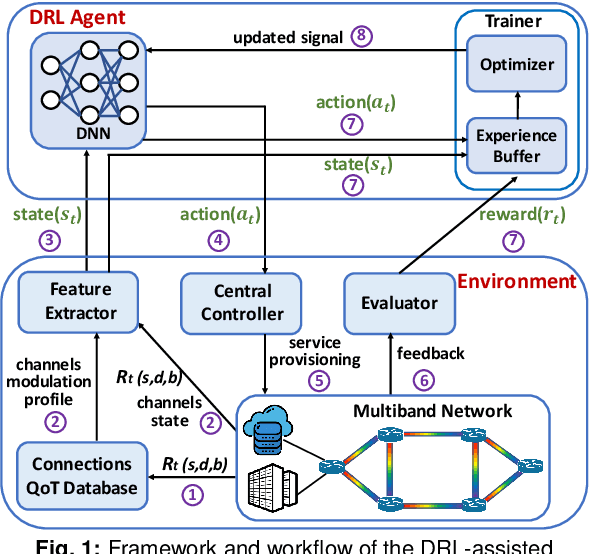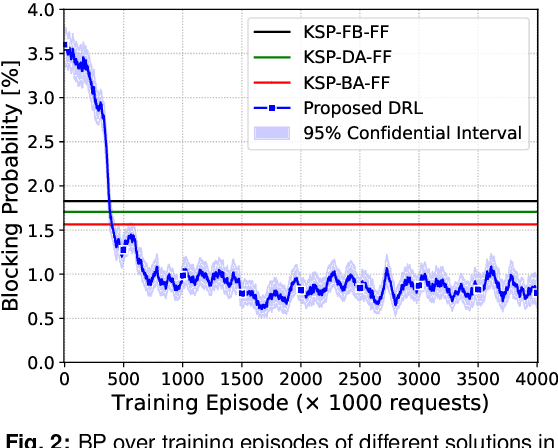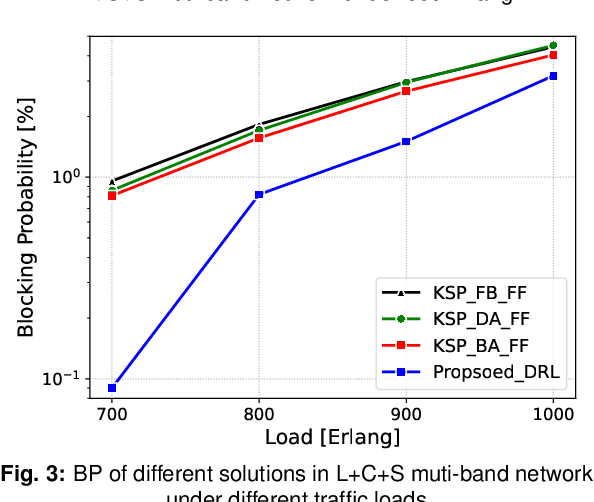Alfonso Sánchez-Macián
Evaluating Language Models For Threat Detection in IoT Security Logs
Jul 03, 2025Abstract:Log analysis is a relevant research field in cybersecurity as they can provide a source of information for the detection of threats to networks and systems. This paper presents a pipeline to use fine-tuned Large Language Models (LLMs) for anomaly detection and mitigation recommendation using IoT security logs. Utilizing classical machine learning classifiers as a baseline, three open-source LLMs are compared for binary and multiclass anomaly detection, with three strategies: zero-shot, few-shot prompting and fine-tuning using an IoT dataset. LLMs give better results on multi-class attack classification than the corresponding baseline models. By mapping detected threats to MITRE CAPEC, defining a set of IoT-specific mitigation actions, and fine-tuning the models with those actions, the models are able to provide a combined detection and recommendation guidance.
Designing Reliable Experiments with Generative Agent-Based Modeling: A Comprehensive Guide Using Concordia by Google DeepMind
Nov 11, 2024

Abstract:In social sciences, researchers often face challenges when conducting large-scale experiments, particularly due to the simulations' complexity and the lack of technical expertise required to develop such frameworks. Agent-Based Modeling (ABM) is a computational approach that simulates agents' actions and interactions to evaluate how their behaviors influence the outcomes. However, the traditional implementation of ABM can be demanding and complex. Generative Agent-Based Modeling (GABM) offers a solution by enabling scholars to create simulations where AI-driven agents can generate complex behaviors based on underlying rules and interactions. This paper introduces a framework for designing reliable experiments using GABM, making sophisticated simulation techniques more accessible to researchers across various fields. We provide a step-by-step guide for selecting appropriate tools, designing the model, establishing experimentation protocols, and validating results.
DRL-Assisted Dynamic QoT-Aware Service Provisioning in Multi-Band Elastic Optical Networks
Aug 06, 2024


Abstract:We propose a DRL-assisted approach for service provisioning in multi-band elastic optical networks. Our simulation environment uses an accurate QoT estimator based on the GN/EGN model. Results show that the proposed approach reduces request blocking by 50% compared with heuristics from the literature.
A Comprehensive Guide to Combining R and Python code for Data Science, Machine Learning and Reinforcement Learning
Jul 19, 2024



Abstract:Python has gained widespread popularity in the fields of machine learning, artificial intelligence, and data engineering due to its effectiveness and extensive libraries. R, on its side, remains a dominant language for statistical analysis and visualization. However, certain libraries have become outdated, limiting their functionality and performance. Users can use Python's advanced machine learning and AI capabilities alongside R's robust statistical packages by combining these two programming languages. This paper explores using R's reticulate package to call Python from R, providing practical examples and highlighting scenarios where this integration enhances productivity and analytical capabilities. With a few hello-world code snippets, we demonstrate how to run Python's scikit-learn, pytorch and OpenAI gym libraries for building Machine Learning, Deep Learning, and Reinforcement Learning projects easily.
Reinforcement-Learning based routing for packet-optical networks with hybrid telemetry
Jun 18, 2024



Abstract:This article provides a methodology and open-source implementation of Reinforcement Learning algorithms for finding optimal routes in a packet-optical network scenario. The algorithm uses measurements provided by the physical layer (pre-FEC bit error rate and propagation delay) and the link layer (link load) to configure a set of latency-based rewards and penalties based on such measurements. Then, the algorithm executes Q-learning based on this set of rewards for finding the optimal routing strategies. It is further shown that the algorithm dynamically adapts to changing network conditions by re-calculating optimal policies upon either link load changes or link degradation as measured by pre-FEC BER.
Deepfake Detection and the Impact of Limited Computing Capabilities
Feb 08, 2024Abstract:The rapid development of technologies and artificial intelligence makes deepfakes an increasingly sophisticated and challenging-to-identify technique. To ensure the accuracy of information and control misinformation and mass manipulation, it is of paramount importance to discover and develop artificial intelligence models that enable the generic detection of forged videos. This work aims to address the detection of deepfakes across various existing datasets in a scenario with limited computing resources. The goal is to analyze the applicability of different deep learning techniques under these restrictions and explore possible approaches to enhance their efficiency.
 Add to Chrome
Add to Chrome Add to Firefox
Add to Firefox Add to Edge
Add to Edge